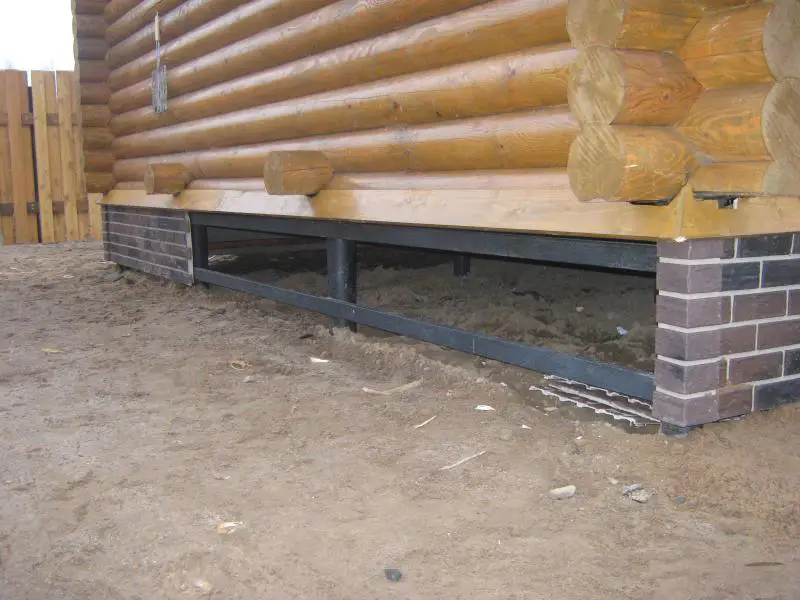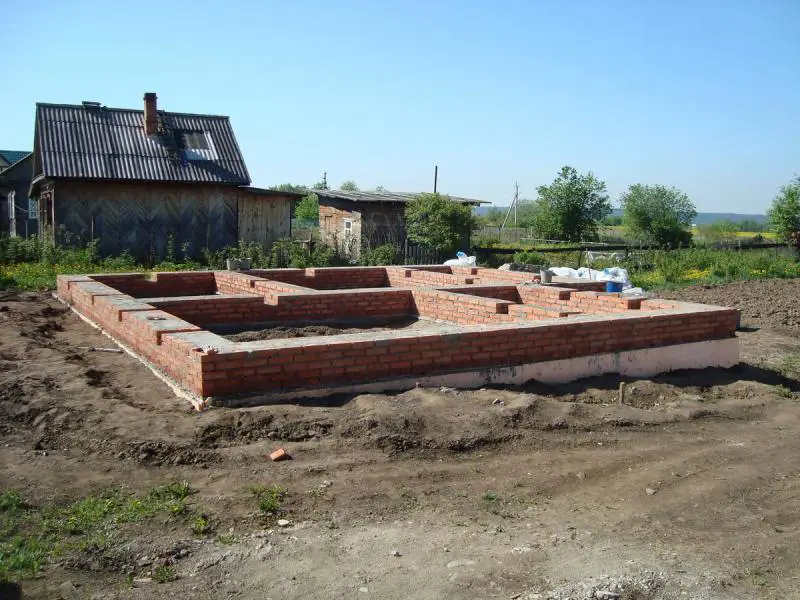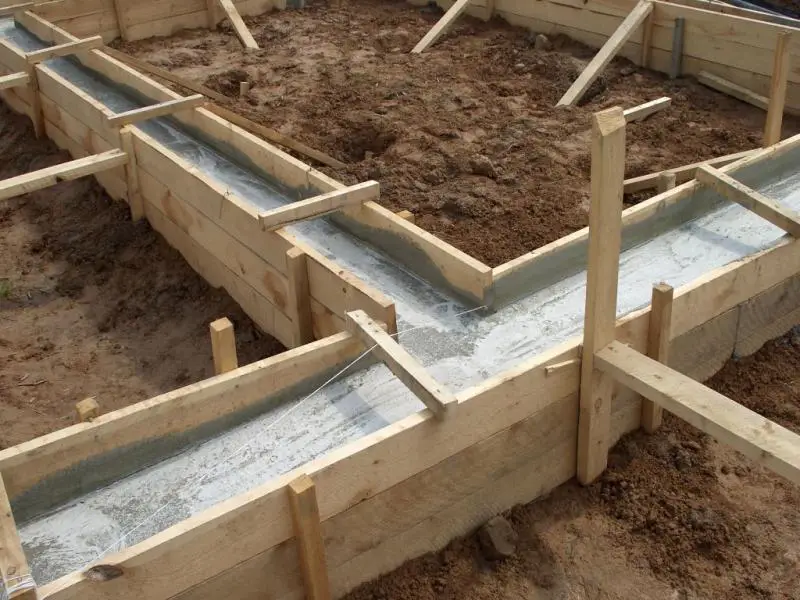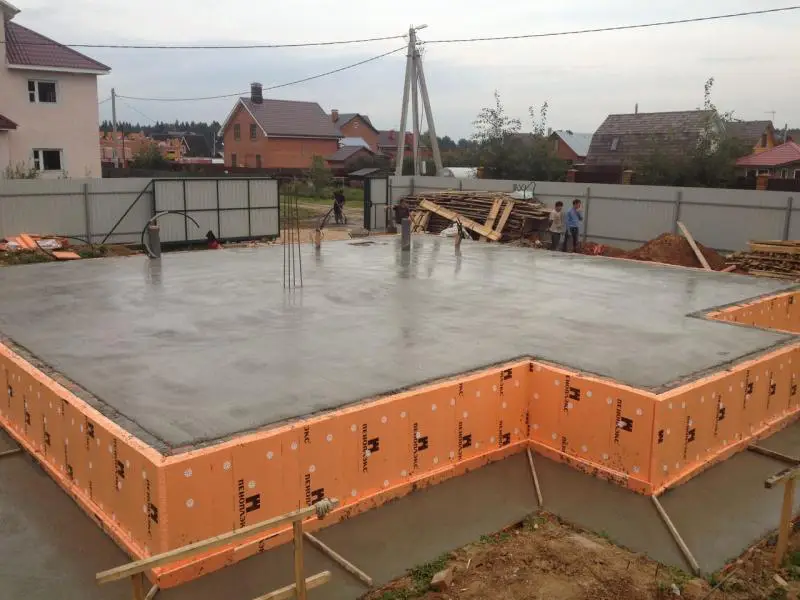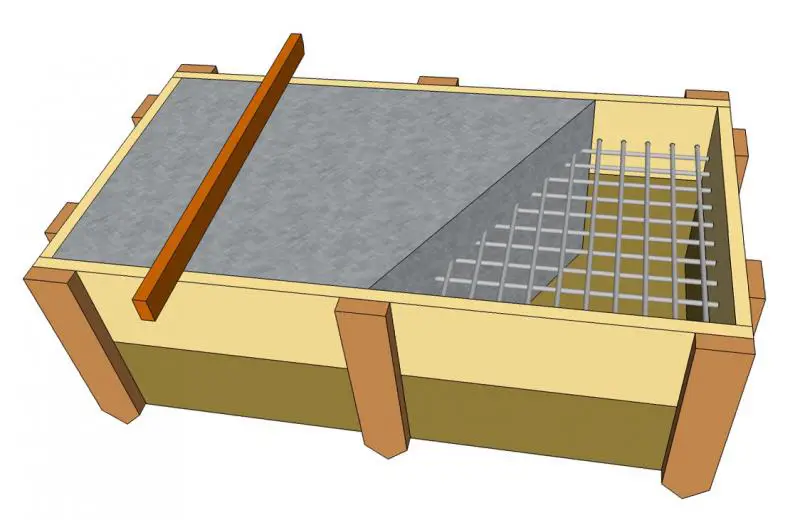There can be your advertisement
300x150
Cable Laying Methods
Cable installation during home construction can be carried out in various ways and usually depends on the presence of utilities, layout of technical rooms, distribution nodes, and other related factors (groundwater levels, technical feasibility of overhead cable installation, etc.). All cable structures can be divided into six main types: trench, channel, gantry, tunnel, block, gallery. The type of cable structure is characterized by the maximum number of cables that can be installed within it.
Cable installation during home construction can be carried out in various ways and usually depends on the presence of utilities, layout of technical rooms, distribution nodes, and other related factors (groundwater levels, technical feasibility of overhead cable installation, etc.).
All cable structures can be divided into six main types:
- trench,
- channel,
- gantry,
- tunnel,
- block,
- gallery.
The type of cable structure is characterized by the maximum number of cables that can be installed within it. Minimum number – 6 cables – in a trench; maximum possible – 72 cables – in a tunnel.

Preference for a single cable laying method is extremely rare. Combined installation is more commonly used. Both underground and overhead structures may be used on different sections. Underground cable installation should be avoided whenever possible, especially in areas with high risk of frequent excavation work, to prevent damage to wiring, communication lines, or other utilities.
Rational solution: small cable groups (up to 30 cables) are installed in channels. For larger groups, special overhead structures – galleries or gantries – are used.
Cable Laying Inside Buildings
Inside buildings, cable installation is increasingly performed openly. Previously, it was common to run cables inside walls through steel pipes or channels. Due to ease of installation and subsequent finishing work, regardless of cable location, internal wall routing is gradually being replaced by open installation in dedicated cable channels or corrugated pipes.
Open cable installation significantly reduces installation time, as there is no need to wait for completion of all construction work, unlike in concealed wall installations. Additionally, open routing maintains visibility and accessibility of every electrical network component for maintenance or replacement in case of failure.
It is important to note that when installing cables openly, fire safety regulations must be followed, and proper cable and channel insulation thickness and cross-section must be selected based on the load they carry. It is recommended to group cables by function (lighting, power, telecommunications, etc.) and install them in adjacent trays or channels.
If a large number of cables are laid together, it may be beneficial to create a separate cable floor, for example, in a basement or on the topmost technical floor. In such cases, cables are placed on a suspended shelf under the ceiling and secured with clamps or compression rings.
